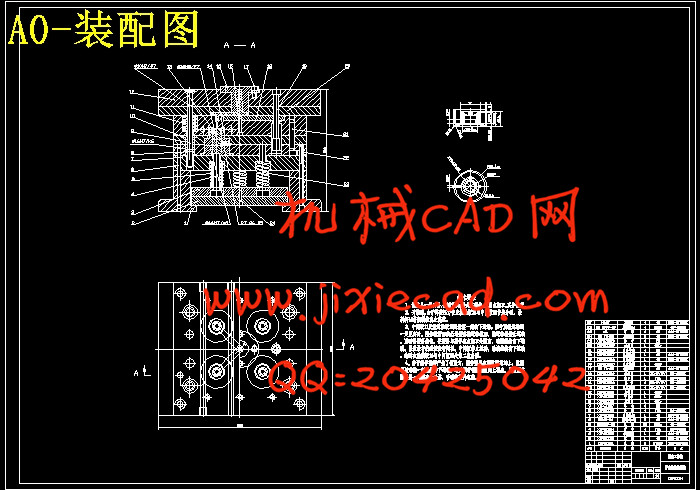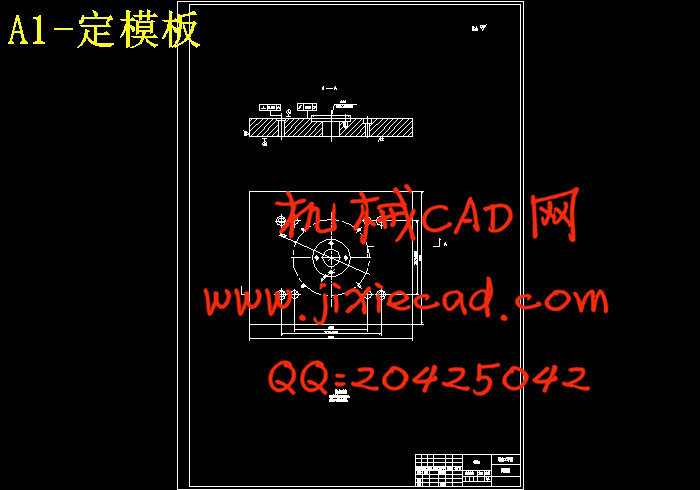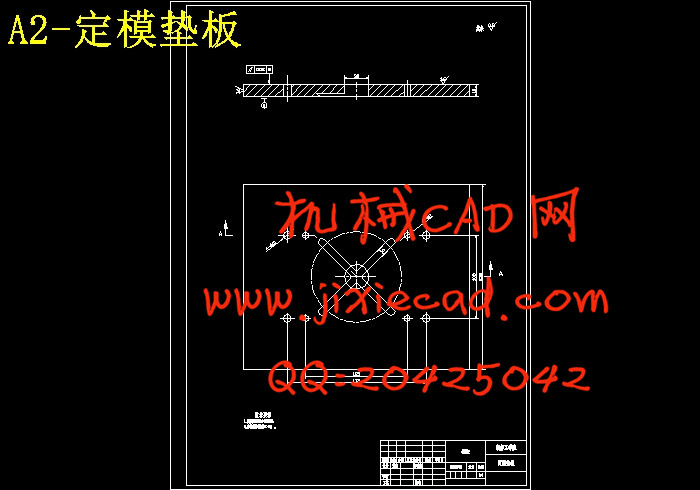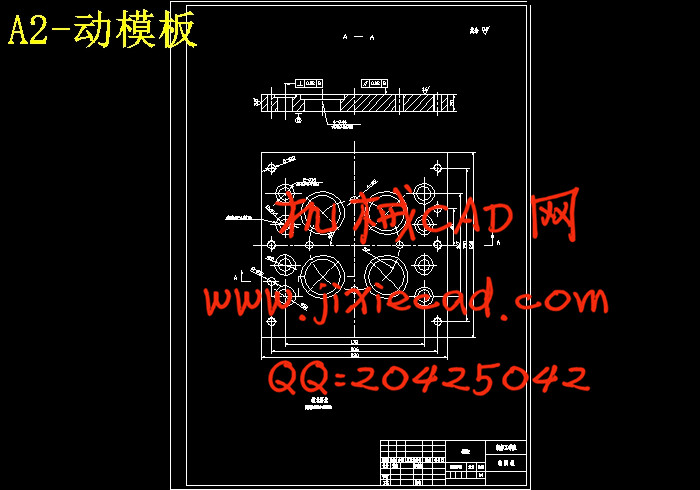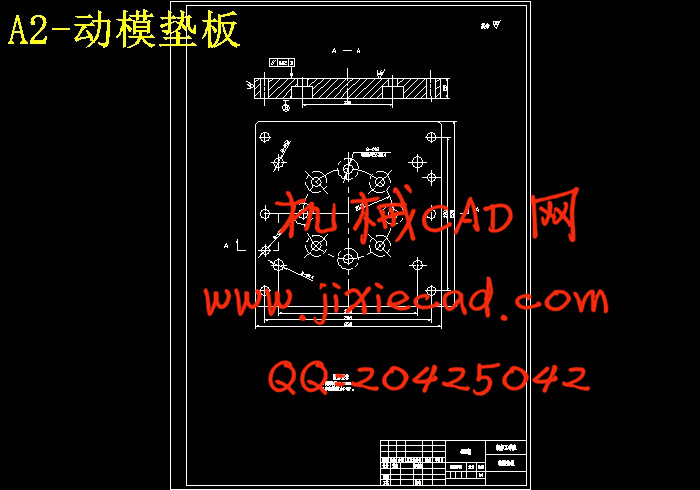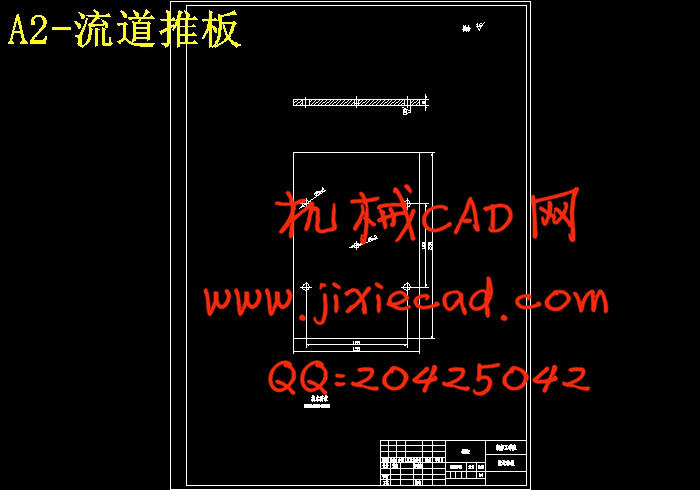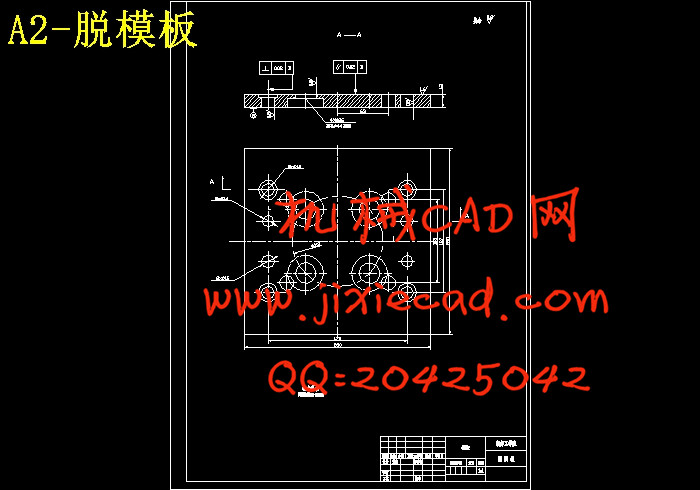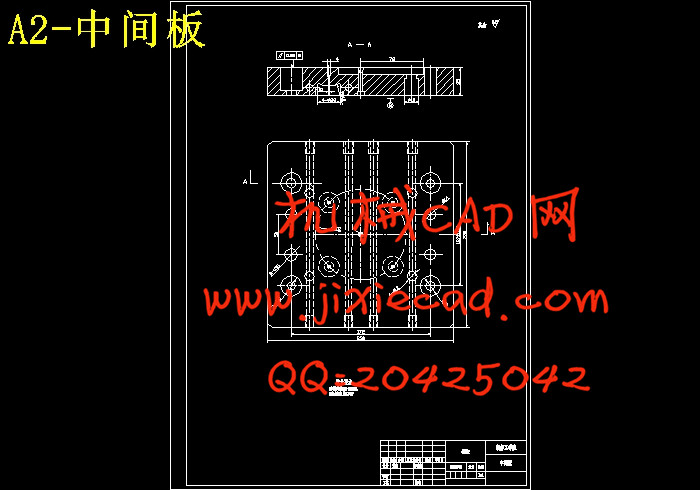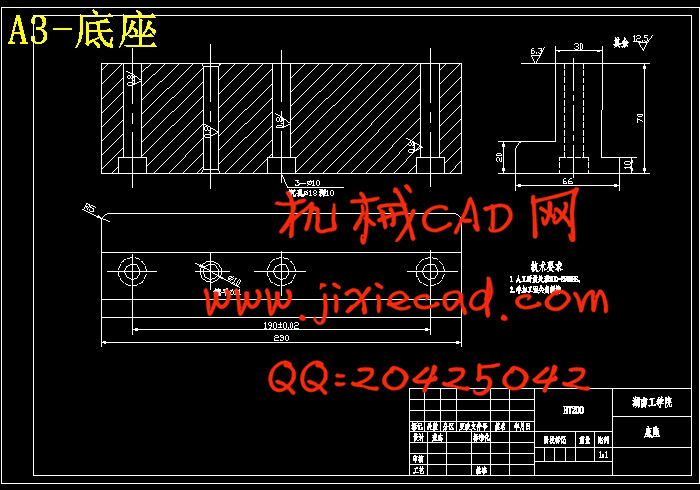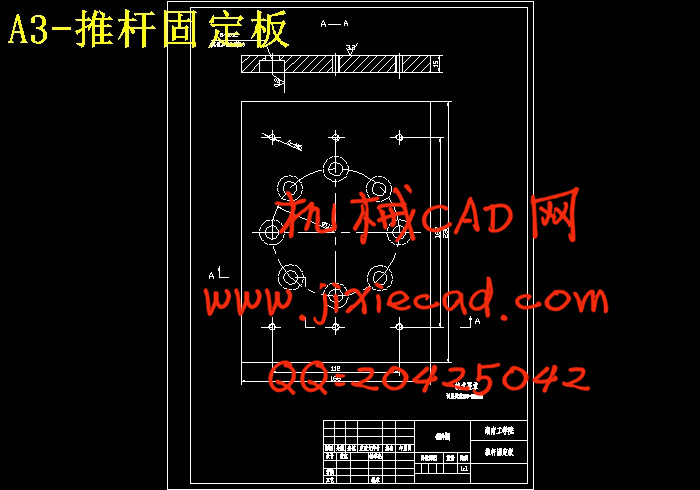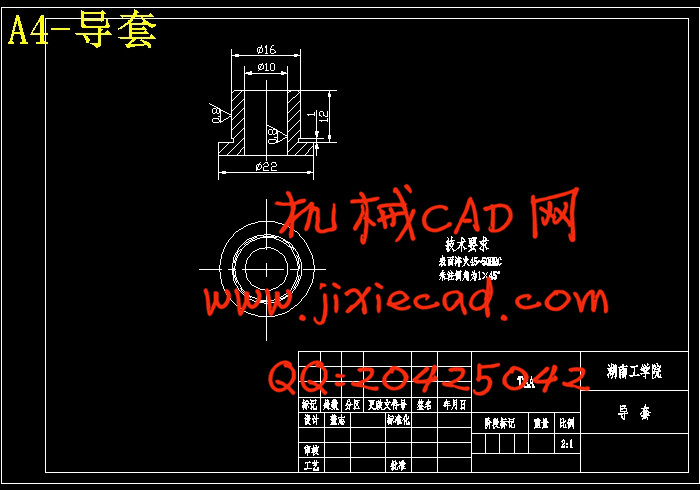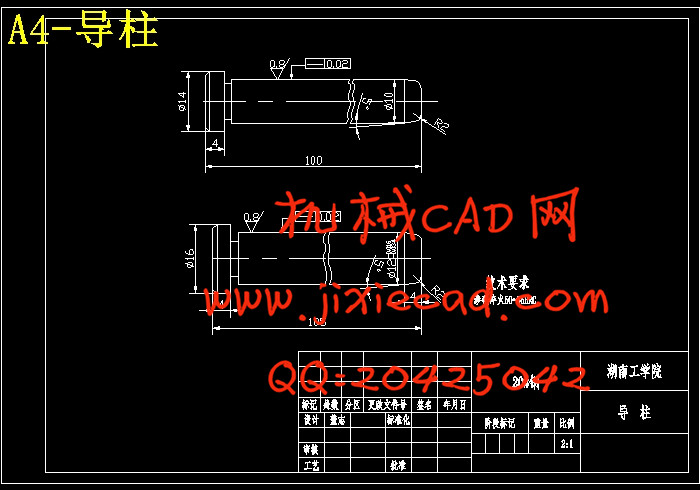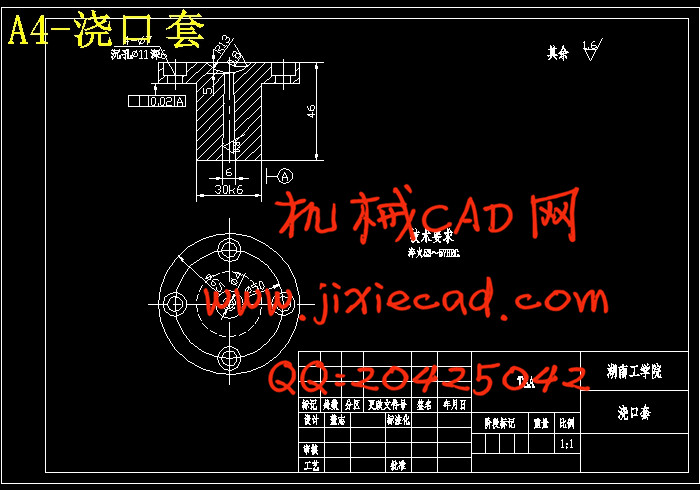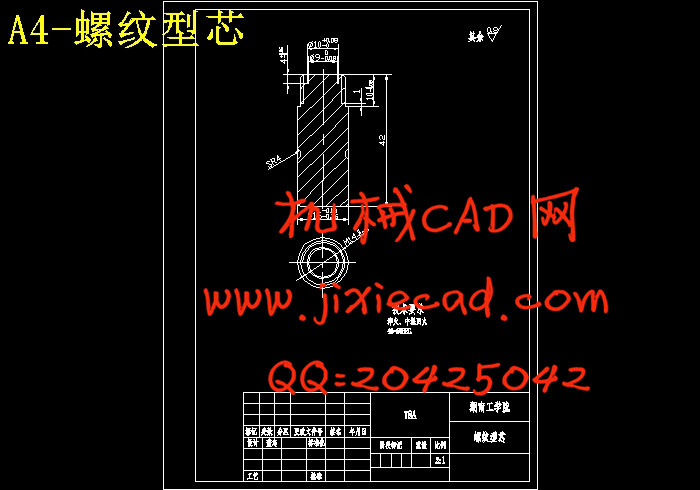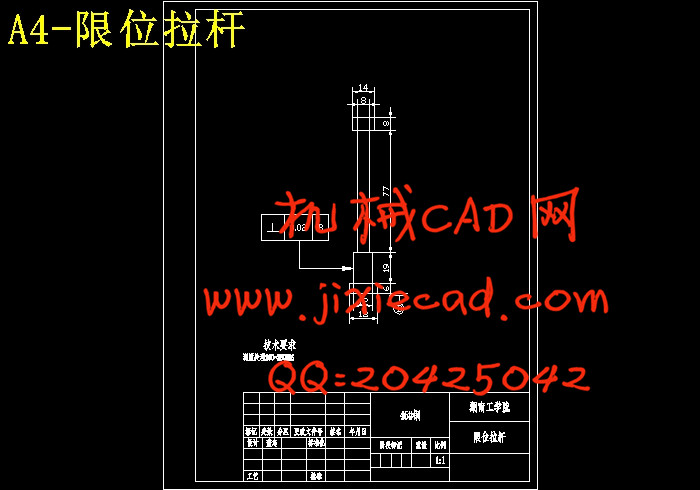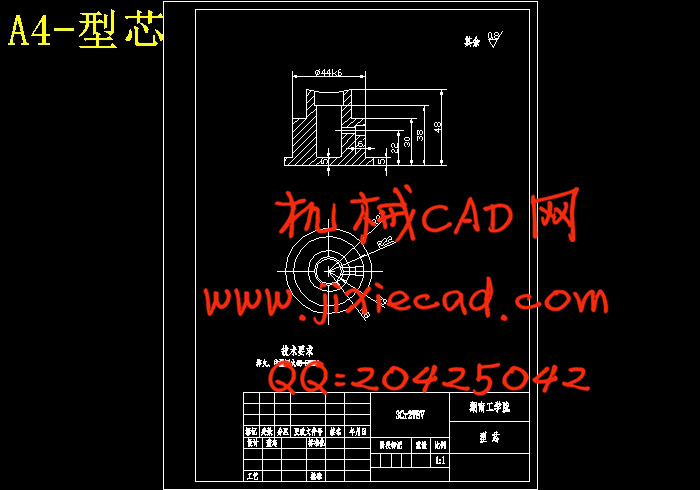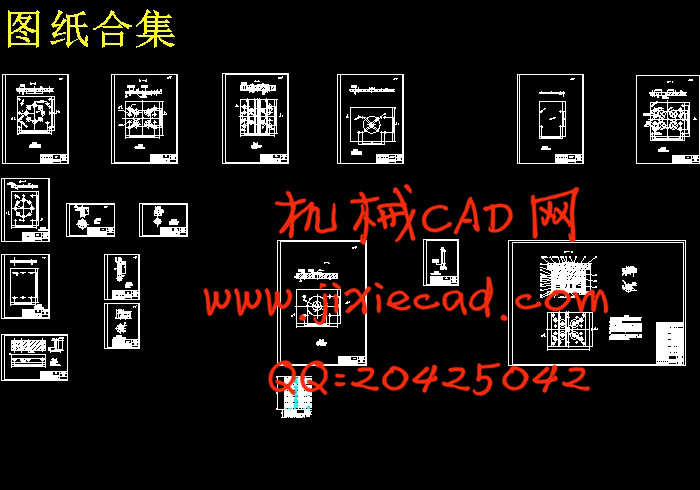设计简介
摘 要
塑料工业是世界上发展最快的工业之一。在日常生活中几乎每天都使用塑料制品,这些产品的大部分可由注塑成型的方法生产。众所周知,注塑成型工艺是制作各种形状的产品和以低成本制作复杂形状产品的制造工艺。本次的毕业设计的主要内容是雪碧瓶盖的注塑模具设计。从塑料材料的性能分析,根据塑件的基本形状和尺寸入手,合理选择注射的成型方法。通过对塑件工艺性的分析和对模具生产条件及制造水平的掌握,制订出成形工艺卡。在制定出成形工艺卡以后,开始进行模具的结构设计。其中模具的结构设计过程包括:型腔的数目和位置的确定,模具的总体结构形式设计,动模及定模成形零件尺寸的确定,浇注系统形式及尺寸的确定,脱模方式的确定,调温及排气系统的确定,模架的选择待以上各步骤完成以后,便开始绘制模具的结构草图,根据具体尺寸校核注塑模具及注塑机的有关尺寸,并对工艺参数进行核定和计算。之后进行初步的审查对所存在的问题进行确定和修正,然后绘制模具总装配图,按装配图绘制成型零件及所有需要加工的零件工作图,同时考虑零件的加工工艺。
关键字:雪碧瓶盖;注塑模具;注射机
Abstract
Plastic industry is one of the world's fastest-growing industrial .In everyday life almost everyday use plastic products, most of these products by injection molding method production. As is known to all, injection molding process is making all sorts of shapes of product and low-cost production complex shape product manufacturing process.The graduation design of the main content is XueBi lid injection mold design. From plastic material performance analysis, according to the basic plastic parts,shape and size of the rational selection of injection molding method. Through the analysis of the technology of plastic parts for mold production conditions and with manufacture level of mastery and work out forming process card. In setting out after forming process card to begin die structure design.One die structure design process includes: cavity number and positioning,die structure form design, dynamic model and decide the determination of forming parts size mold, gating system forms and sizes, stripping the sure way to determine, tempering and exhaust system identified, formwork choice to stay above the steps are done, started drawing die structure sketches, according to the concrete size checking injection molding tool and injection molding machine,and the relevant dimensions of verification and calculation process parameters. Carries on the preliminary review after some issues identified and fix, then draw mold assembly drawing, according to total drawings forming parts and all needs processing, and consider working drawing parts machining process of the part.
Keyword: XueBi lid; injection mould ; injector machine
目 录
1 塑件的分析…………………………………………………………………………1
1.1 壁厚分析…………………………………………………………………… 1
1.2 圆角分析…………………………………………………………………… 1
2 塑件材料的选择及材料特性………………………………………………………2
2.1 材料的选择………………………………………………………………… 2
2.1.1 基本特性………………………………………………………………2
2.1.2 成型特性………………………………………………………………2
2.1.3 综合性能………………………………………………………………2
2.2 LDPE的注射工艺参数………………………………………………………3
3 塑件的形状尺寸的计算……………………………………………………………4
4 型腔数目的确定及排布……………………………………………………………5
4.1 型腔数目常用方法………………………………………………………… 5
4.1.1 根据经济性确定型腔数目……………………………………………5
4.1.2 根据注射机的额定锁模力确定型腔数目……………………………5
4.1.3 根据制品精度确定型腔数目…………………………………………5
4.1.4 根据注射机的额定最大注射量确定型腔数目………………………5
4.2 型腔的排布设计原则……………………………………………………… 6
5 分型面的选择…………………………………………………………………… 7
5.1 分型面的选择原则…………………………………………………………7
6 浇注系统的设计………………………………………………………………… 8
6.1 设计原则……………………………………………………………………8
6.1.1 主流道设计………………………………………………………… 8
6.1.2 冷料穴的设计……………………………………………………… 8
6.1.3 分流道设计………………………………………………………… 8
6.1.4 浇口设计…………………………………………………………… 9
6.1.5 溢流排气系统的设计……………………………………………… 10
7 注射机的选择及型号和规格…………………………………………………… 11
7.1 初步估算浇注系统的参数…………………………………………………11
7.2 XS-Z-30 注射机技术规格……………………………………………… 11
7.2.1 注射机的分类……………………………………………………… 12
8 成型零部件的结构设计及工作尺寸计算……………………………………… 13
8.1 成型零部件的结构设计……………………………………………………13
8.1.1 凹模的的结构设计………………………………………………… 13
8.1.2 凸模的结构设计…………………………………………………… 13
8.2 成型零件工作尺寸计算……………………………………………………13
8.2.1 凹模径向尺寸计算………………………………………………… 14
8.2.2 凸模尺寸计算……………………………………………………… 15
8.2.3 型芯径向尺寸计算………………………………………………… 15
8.2.4 计算螺纹型芯的工作尺寸………………………………………… 16
8.2.5 型腔壁厚和底板厚度计算………………………………………… 17
9 导向机构的设计………………………………………………………………… 19
9.1 导柱导向机构的作用………………………………………………………19
9.1.1 定位件用…………………………………………………………… 19
9.1.2 导向作用…………………………………………………………… 19
9.1.3 承受一定的侧向压力……………………………………………… 19
9.2 导柱导套的设计原则………………………………………………………19
9.3 导柱导套的设计……………………………………………………………19
9.4 导柱的设计…………………………………………………………………20
9.4.1 导柱的结构………………………………………………………… 20
9.4.2 对导柱的要求……………………………………………………… 20
9.5 导套的设计…………………………………………………………………21
9.5.1 导套的结构………………………………………………………… 21
9.5.2 对导套的要求……………………………………………………… 21
10 脱模机构的设计…………………………………………………………………23
10.1 脱模机构的组成………………………………………………………… 23
10.2 脱模机构的分类………………………………………………………… 23
10.2.1 按驱动方式分………………………………………………………23
10.2.2 按推出零件的类别分类……………………………………………23
10.2.3 按脱模动作分类……………………………………………………24
10.3 设计原则………………………………………………………………… 24
10.4 锁模力的计算…………………………………………………………… 24
11 冷却系统设计……………………………………………………………………27
11.1 冷却系统的作用………………………………………………………… 27
11.2 设计冷却系统时应考虑的因素………………………………………… 27
11.3 冷却系统的开设原则…………………………………………………… 27
11.4 注射模冷却系统设计原则……………………………………………… 28
11.4.1 冷却系统机构设计…………………………………………………28
11.4.2 冷却系统的主要零件………………………………………………29
11.4.3 冷却系统的计算……………………………………………………29
12 模具工作过程……………………………………………………………………32
12.1 模具基本工作过程……………………………………………………… 32
13 设计总结…………………………………………………………………………33
参考文献…………………………………………………………………………… 34
致 谢……………………………………………………………………………… 35
塑料工业是世界上发展最快的工业之一。在日常生活中几乎每天都使用塑料制品,这些产品的大部分可由注塑成型的方法生产。众所周知,注塑成型工艺是制作各种形状的产品和以低成本制作复杂形状产品的制造工艺。本次的毕业设计的主要内容是雪碧瓶盖的注塑模具设计。从塑料材料的性能分析,根据塑件的基本形状和尺寸入手,合理选择注射的成型方法。通过对塑件工艺性的分析和对模具生产条件及制造水平的掌握,制订出成形工艺卡。在制定出成形工艺卡以后,开始进行模具的结构设计。其中模具的结构设计过程包括:型腔的数目和位置的确定,模具的总体结构形式设计,动模及定模成形零件尺寸的确定,浇注系统形式及尺寸的确定,脱模方式的确定,调温及排气系统的确定,模架的选择待以上各步骤完成以后,便开始绘制模具的结构草图,根据具体尺寸校核注塑模具及注塑机的有关尺寸,并对工艺参数进行核定和计算。之后进行初步的审查对所存在的问题进行确定和修正,然后绘制模具总装配图,按装配图绘制成型零件及所有需要加工的零件工作图,同时考虑零件的加工工艺。
关键字:雪碧瓶盖;注塑模具;注射机
Abstract
Plastic industry is one of the world's fastest-growing industrial .In everyday life almost everyday use plastic products, most of these products by injection molding method production. As is known to all, injection molding process is making all sorts of shapes of product and low-cost production complex shape product manufacturing process.The graduation design of the main content is XueBi lid injection mold design. From plastic material performance analysis, according to the basic plastic parts,shape and size of the rational selection of injection molding method. Through the analysis of the technology of plastic parts for mold production conditions and with manufacture level of mastery and work out forming process card. In setting out after forming process card to begin die structure design.One die structure design process includes: cavity number and positioning,die structure form design, dynamic model and decide the determination of forming parts size mold, gating system forms and sizes, stripping the sure way to determine, tempering and exhaust system identified, formwork choice to stay above the steps are done, started drawing die structure sketches, according to the concrete size checking injection molding tool and injection molding machine,and the relevant dimensions of verification and calculation process parameters. Carries on the preliminary review after some issues identified and fix, then draw mold assembly drawing, according to total drawings forming parts and all needs processing, and consider working drawing parts machining process of the part.
Keyword: XueBi lid; injection mould ; injector machine
目 录
1 塑件的分析…………………………………………………………………………1
1.1 壁厚分析…………………………………………………………………… 1
1.2 圆角分析…………………………………………………………………… 1
2 塑件材料的选择及材料特性………………………………………………………2
2.1 材料的选择………………………………………………………………… 2
2.1.1 基本特性………………………………………………………………2
2.1.2 成型特性………………………………………………………………2
2.1.3 综合性能………………………………………………………………2
2.2 LDPE的注射工艺参数………………………………………………………3
3 塑件的形状尺寸的计算……………………………………………………………4
4 型腔数目的确定及排布……………………………………………………………5
4.1 型腔数目常用方法………………………………………………………… 5
4.1.1 根据经济性确定型腔数目……………………………………………5
4.1.2 根据注射机的额定锁模力确定型腔数目……………………………5
4.1.3 根据制品精度确定型腔数目…………………………………………5
4.1.4 根据注射机的额定最大注射量确定型腔数目………………………5
4.2 型腔的排布设计原则……………………………………………………… 6
5 分型面的选择…………………………………………………………………… 7
5.1 分型面的选择原则…………………………………………………………7
6 浇注系统的设计………………………………………………………………… 8
6.1 设计原则……………………………………………………………………8
6.1.1 主流道设计………………………………………………………… 8
6.1.2 冷料穴的设计……………………………………………………… 8
6.1.3 分流道设计………………………………………………………… 8
6.1.4 浇口设计…………………………………………………………… 9
6.1.5 溢流排气系统的设计……………………………………………… 10
7 注射机的选择及型号和规格…………………………………………………… 11
7.1 初步估算浇注系统的参数…………………………………………………11
7.2 XS-Z-30 注射机技术规格……………………………………………… 11
7.2.1 注射机的分类……………………………………………………… 12
8 成型零部件的结构设计及工作尺寸计算……………………………………… 13
8.1 成型零部件的结构设计……………………………………………………13
8.1.1 凹模的的结构设计………………………………………………… 13
8.1.2 凸模的结构设计…………………………………………………… 13
8.2 成型零件工作尺寸计算……………………………………………………13
8.2.1 凹模径向尺寸计算………………………………………………… 14
8.2.2 凸模尺寸计算……………………………………………………… 15
8.2.3 型芯径向尺寸计算………………………………………………… 15
8.2.4 计算螺纹型芯的工作尺寸………………………………………… 16
8.2.5 型腔壁厚和底板厚度计算………………………………………… 17
9 导向机构的设计………………………………………………………………… 19
9.1 导柱导向机构的作用………………………………………………………19
9.1.1 定位件用…………………………………………………………… 19
9.1.2 导向作用…………………………………………………………… 19
9.1.3 承受一定的侧向压力……………………………………………… 19
9.2 导柱导套的设计原则………………………………………………………19
9.3 导柱导套的设计……………………………………………………………19
9.4 导柱的设计…………………………………………………………………20
9.4.1 导柱的结构………………………………………………………… 20
9.4.2 对导柱的要求……………………………………………………… 20
9.5 导套的设计…………………………………………………………………21
9.5.1 导套的结构………………………………………………………… 21
9.5.2 对导套的要求……………………………………………………… 21
10 脱模机构的设计…………………………………………………………………23
10.1 脱模机构的组成………………………………………………………… 23
10.2 脱模机构的分类………………………………………………………… 23
10.2.1 按驱动方式分………………………………………………………23
10.2.2 按推出零件的类别分类……………………………………………23
10.2.3 按脱模动作分类……………………………………………………24
10.3 设计原则………………………………………………………………… 24
10.4 锁模力的计算…………………………………………………………… 24
11 冷却系统设计……………………………………………………………………27
11.1 冷却系统的作用………………………………………………………… 27
11.2 设计冷却系统时应考虑的因素………………………………………… 27
11.3 冷却系统的开设原则…………………………………………………… 27
11.4 注射模冷却系统设计原则……………………………………………… 28
11.4.1 冷却系统机构设计…………………………………………………28
11.4.2 冷却系统的主要零件………………………………………………29
11.4.3 冷却系统的计算……………………………………………………29
12 模具工作过程……………………………………………………………………32
12.1 模具基本工作过程……………………………………………………… 32
13 设计总结…………………………………………………………………………33
参考文献…………………………………………………………………………… 34
致 谢……………………………………………………………………………… 35


